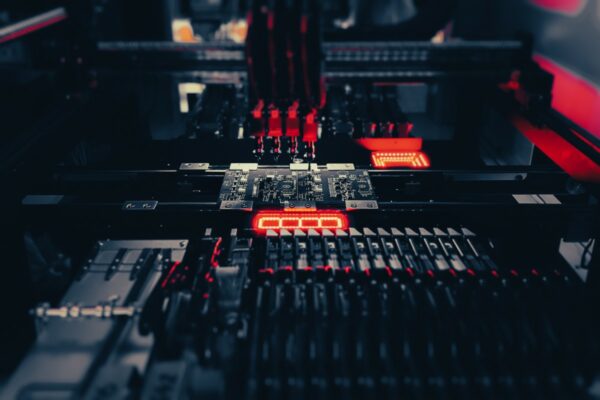What is Footprint
Footprint is the physical arrangement of through holes or pads on a printed circuit board (PCB) that is specifically designed to electrically connect and physically attach a component to the board. It is also commonly known as a “land pattern.” The footprint on a PCB must match the arrangement of leads on a component.
Component manufacturers typically produce multiple pin-compatible products, allowing systems integrators to interchange components without needing to change the PCB footprint. These manufacturers often design specific footprints for their components, resembling the physical dimensions of the component. The land pattern provides information about the component’s placement and the location of traces on the PCB.
Designers utilize vias and traces to interconnect the land patterns on the PCB. Regardless of the component type, whether it is a ball grid array (BGA), surface mount technology (SMT), or through-hole technology (THT), the land pattern is crucial for PCB assembly. The PCB footprints indicate where components should be placed in the PCB layout and are included in the production files sent to the manufacturer during production.
Accuracy is of utmost importance when designing a PCB footprint. An incorrect footprint can lead to complications during the production process. Component designators, usually encoded in the component model, appear on the layout when a land pattern is placed. A component footprint consists of various parts, including silkscreen and more, contributing to the overall PCB design.
Frequently Asked Questions
What Is the Difference Between Schematic and PCB
A schematic is a visual representation of a circuit, using standardized symbols to depict components and their electrical connections. On the other hand, a PCB design illustrates the layout of copper tracks and holes on a printed circuit board, often indicating the placement of components and their corresponding values or codes through a silk screen printed layer.
What Does Footprint Mean in Design
In the realm of design, particularly in PCB design, a footprint refers to a specific pattern that is intended for an electronic component to be soldered onto. This pattern is essential for various components such as through-hole connectors, surface mount capacitors, or even large ball grid arrays (BGAs) that are to be soldered onto or into a printed circuit board.
What Is a Components Footprint
Footprints represent the physical interface between a component and a bare PCB, illustrating the land pattern where the component will be soldered.
What Is the Difference Between PCB Footprint and Land Pattern
To provide a more relatable analogy, the PCB footprint can be likened to the footprint of a person, as it represents the imprint that a component would leave if pressed into soft sand. On the other hand, the land pattern refers to the size of the pads and outline that should be incorporated into a PCB design for a specific part.
What Is a Footprint in Engineering
footprint in engineering refers to the amount of space on a surface that is required by a particular object or structure. For example, in the field of architecture and engineering, the term “footprint” is often used to describe the space occupied by a building or a piece of equipment. An example of this is when referring to a computer, the term “footprint” can be used to describe the physical size or dimensions of the computer, indicating how much space it occupies on a desk or other surface.





